This is a big deal.
Growing enough food to feed 9 billion people by 2050 will require huge amounts of energy and water. Using nanoparticles to boost plant growth and yield could save resources and reduce water pollution.

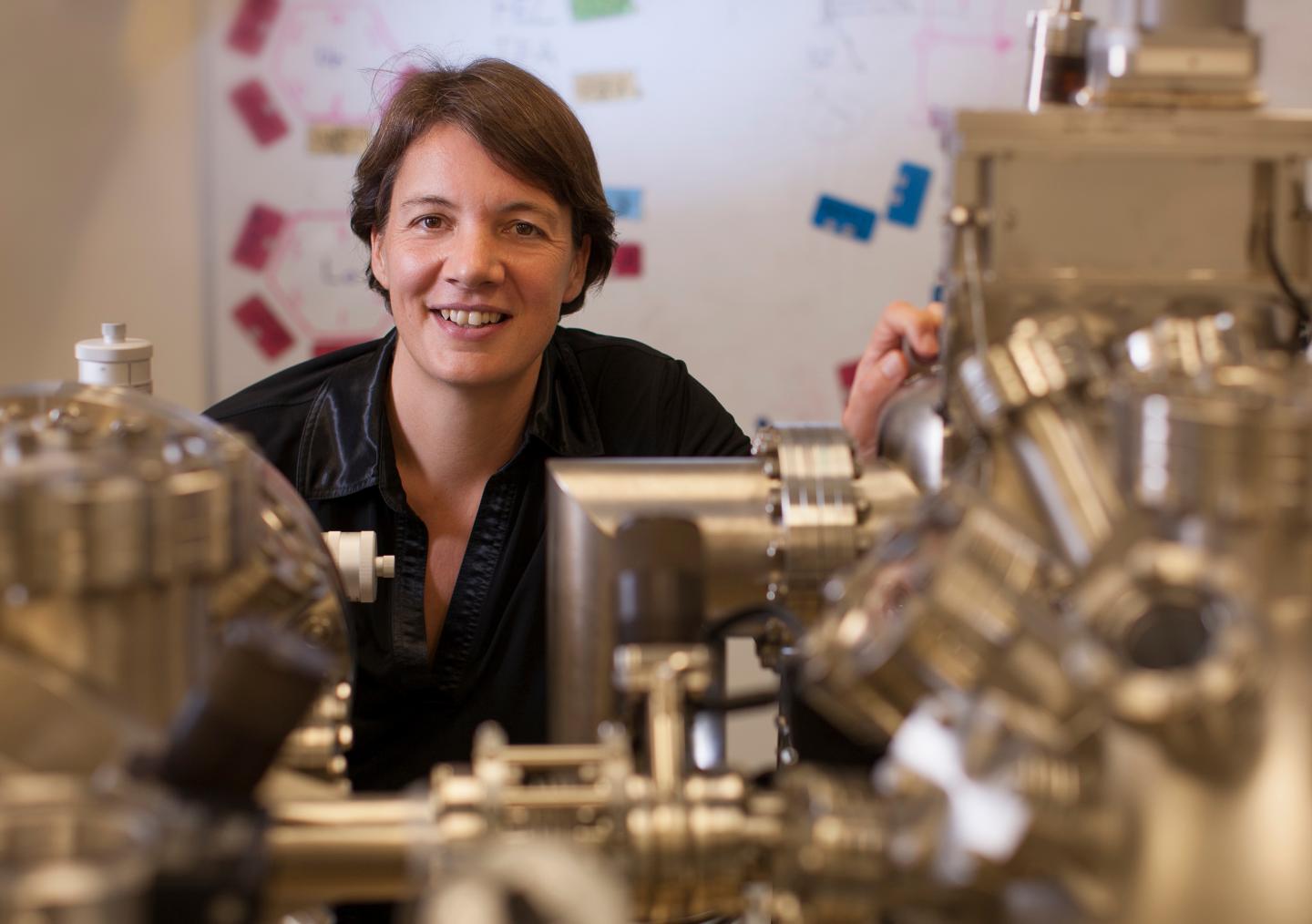
Love this; Congrats to Michelle Simmons and her work on QC — Superstar females in STEM.
For her world-leading research in the fabrication of atomic-scale devices for quantum computing, UNSW Australia’s Scientia Professor Michelle Simmons has been awarded a prestigious Foresight Institute Feynman Prize in Nanotechnology.
Two international Feynman prizes, named in honour of the late Nobel Prize winning American physicist Richard Feynman, are awarded each year in the categories of theory and experiment to researchers whose work has most advanced Feynman’s nanotechnology goal of molecular manufacturing.
Professor Simmons, director of the UNSW-based Australian Research Council Centre of Excellence for Quantum Computation and Communication Technology, won the experimental prize for her work in “the new field of atomic-electronics, which she created”.
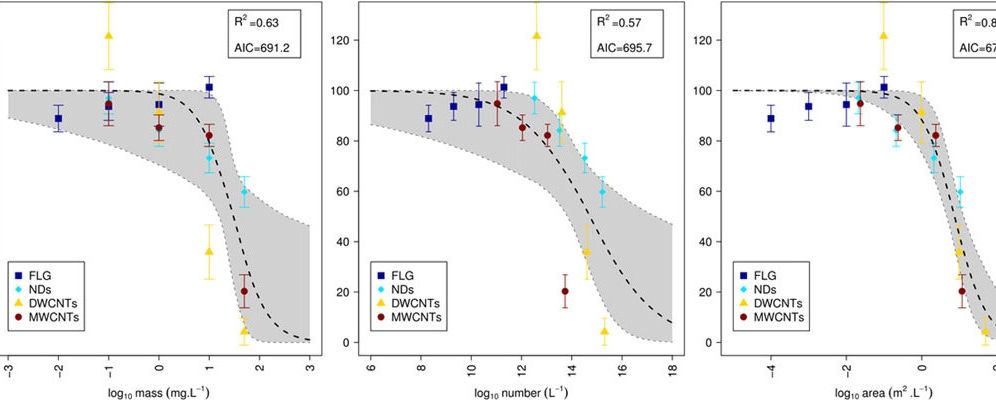
Subscribe! Receive a convenient email notification whenever a new Nanowerk Nanotechnology Spotlight posts.
Become a Spotlight guest author! Have you just published a scientific paper or have other exciting developments to share with the nanotechnology community? Here is how to publish on nanowerk.com.
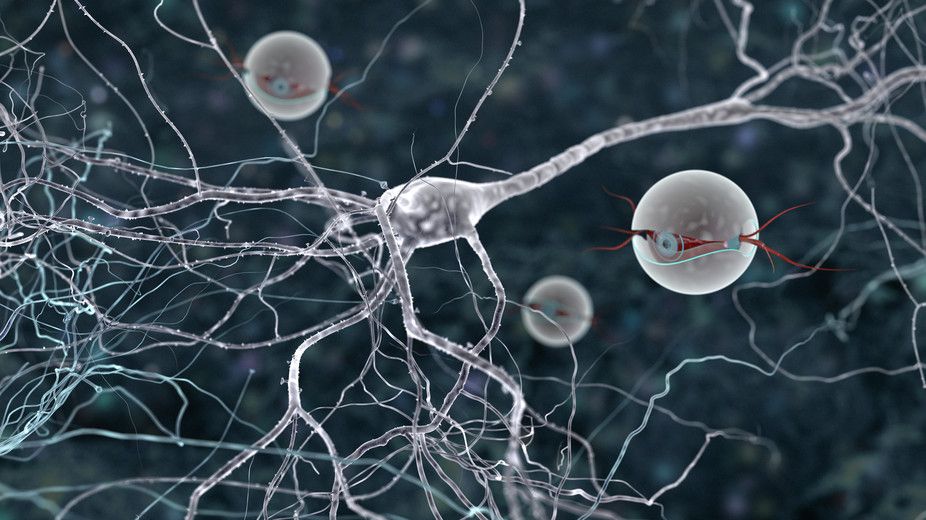
More information on ANTs.
In the minuscule world of nanotechnology, big steps are rare. But a recent development has the potential to massively improve our lives: an engine measuring 200 billionths of a metre, which could power tiny robots to fight diseases in living cells.
Life itself is proof of the extreme effectiveness of nanotechnology — the manipulation of matter on a molecular or atomic scale — in which DNA, proteins and enzymes can all be considered as machinery. In fact, researchers have managed to make micro-propellers using tiny strands of DNA. These strands can be stitched together so freely and precisely that the practise is known as “DNA origami”. However, DNA origami lacks force and operational speed (it takes time measurable in seconds), reducing its robotic function.
But we have now produced nano-engines that can be operated with beams of light to work pistons, pumps and valves. Made from gold nanoparticles bound together by a heat-sensitive chemical, our machines are strong, fast and simple to operate, making them extremely practical for future applications.
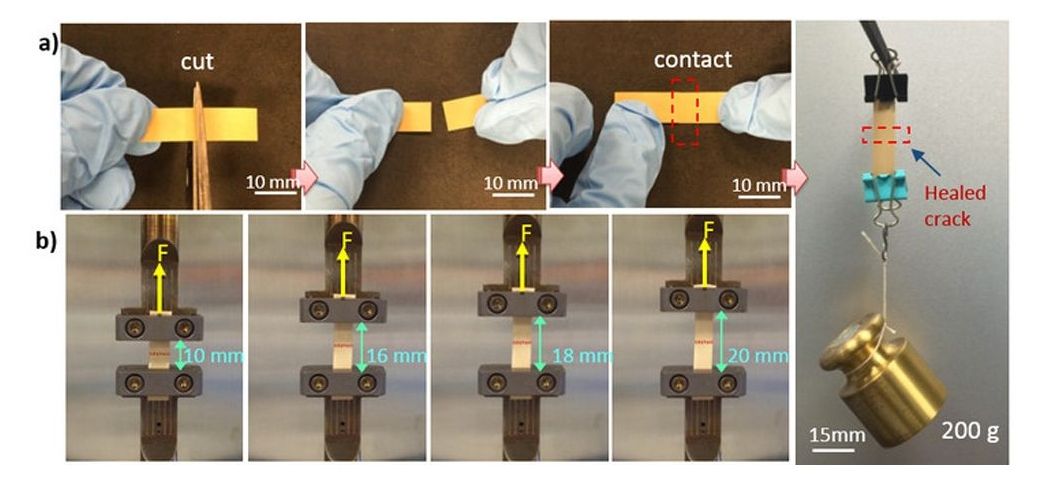
The physical limitations of existing materials are one of main problems when it comes to flexible electronics, be it wearables, medical or sports tech. If a flexible material breaks, it either stays broken, or if it has some self-healing properties it may continue to work, but not so well. However, a team from Penn State have creating a self-healing, flexible material that could be used inside electronics even after multiple breaks.
The main challenge facing researchers led by Professor Qing Wang, was ensuring that self-healing electronics could restore “a suite of functions”. The example used explains how a component may still retain electrical resistance, but lose the ability to conduct heat, risking overheating in a hypothetical wearable, which is never good. The nano-composite material they came up with was mechanically strong, resistant against electronic surges, thermal conductivity and whilst packing insulating properties. Despite being cut it in half, reconnecting the two parts together and healing at a higher temperature almost completely heals where the cut was made. The thin strip of material could also hold up to 200 grams of weight after recovering.
Princeton’s answer to Quantum friction.
Abstract: Theoretical chemists at Princeton University have pioneered a strategy for modeling quantum friction, or how a particle’s environment drags on it, a vexing problem in quantum mechanics since the birth of the field. The study was published in the Journal of Physical Chemistry Letters.
“It was truly a most challenging research project in terms of technical details and the need to draw upon new ideas,” said Denys Bondar, a research scholar in the Rabitz lab and corresponding author on the work.
Quantum friction may operate at the smallest scale, but its consequences can be observed in everyday life. For example, when fluorescent molecules are excited by light, it’s because of quantum friction that the atoms are returned to rest, releasing photons that we see as fluorescence. Realistically modeling this phenomenon has stumped scientists for almost a century and recently has gained even more attention due to its relevance to quantum computing.

New and improve fuel cells.
Fuel cells, which generate electricity from chemical reactions without harmful emissions, have the potential to power everything from cars to portable electronics, and could be cleaner and more efficient than combustion engines. Abstract: Fuel cells, which generate electricity from chemical reactions without harmful emissions, have the potential to power everything from cars to portable electronics, and could be cleaner and more efficient than combustion engines.

EPA’s new rules on Carbon Nano Tubes.
On May 16, 2016, the U.S. Environmental Protection Agency (EPA) promulgated, through a direct final rule, significant new use rules (SNUR) for 55 chemical substances that were the subject of premanufacture notices (PMN), including functionalized carbon nanotubes (CNT) (generic). EPA states that it determined that any use of the functionalized CNTs without the use of impervious gloves, where there is potential for dermal exposure; manufacturing the PMN substance for use other than as a thin film for electronic device applications; manufacturing, processing, or using the PMN substance in a form other than a liquid; use of the PMN substance involving an application method that generates a mist, vapor, or aerosol except in a closed system; or any release of the PMN substance into surface waters or disposal other than by landfill or incineration may cause serious health effects or significant adverse environmental effects. EPA states that the following tests would help characterize the health and environmental effects of the PMN substance: “a fish early-life stage toxicity test (OPPTS Test Guideline 850.1400); a daphnid chronic toxicity test (OPPTS Test Guideline 850.1300); an algal toxicity test (OCSPP Test Guideline 850.4500); a 90-day inhalation toxicity test (OPPTS 870.3465) with additional testing parameters beyond those noted at CFR 870.3465, for using the 90-day subchronic protocol for nanomaterial assessment; a two-year inhalation bioassay (OPPTS Test Guideline 870.4200); and a surface charge by electrophoresis (for example, using ASTM E2865-12 or NCL Method PCC-2 — Measuring the Zeta Potential of Nanoparticles).” The SNUR requires persons who intend to manufacture, import, or process any of the 55 chemical substances for an activity that is designated as a significant new use by the direct final rule to notify EPA at least 90 days before commencing that activity. The direct final rule will be effective July 15, 2016. If EPA receives written adverse or critical comments, or notice of intent to submit adverse or critical comments, on one or more of the SNURs before June 15, 2016, EPA will withdraw the relevant sections of the direct final rule before its effective date.
©2016 Bergeson & Campbell, P.C.

The crew of the Proteus has one desperate chance to save a mans life. Shrunk to the size of a large bacterium, the submarine contains a team of scientists and physicians racing to destroy a blood clot in the brain of a Soviet defector. The group journeys through the body, evading giant white blood cells and tiny antibodies while traveling through the heart, the inner ear and the brain to reach and destroy the blockage.
Although events in the film Fantastic Voyage were far-fetched when it was released in 1966, theyre now being realized every day in labs around the world, particularly in cancer treatment. A growing field called nanotechnology is allowing researchers to manipulate molecules and structures much smaller than a single cell to enhance our ability to see, monitor and destroy cancer cells in the body.
Tens of thousands of patients have already received chemotherapy drugs delivered by nanoparticles called liposomes, and dozens of other approaches are currently in clinical trials. Within the next five to 10 years, our bodies biggest defenders may be tinier than we could have ever imagined.
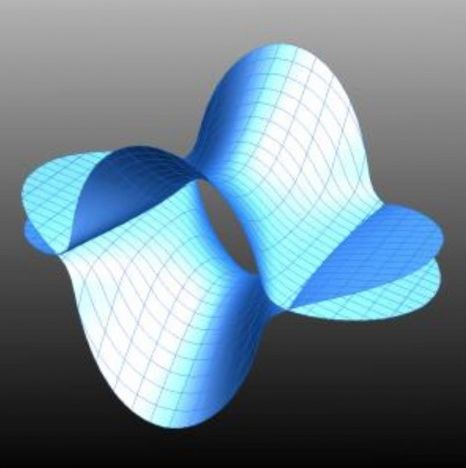
Improving energy efficiencies — nice.
The remarkable properties researchers at the Australian National University (ARC Centre of Excellence CUDOS) and the University of California Berkeley have discovered in a new nano-metamaterial could lead to highly efficient thermophotovoltaic cells. The new artificial material glows in an unusual way when headed.
As shown in the image, the metamaterial comprises 20 stacked alternating layers of 30-nm-thick gold and 45-nm-thick magnesium fluoride dielectric, perforated with 260 x 530 nm holes that are arranged into a 750 x 750 nm square lattice.
Thermophotovoltaics typically use a heated object as a source of radiation that is then converted to electricity by a photovoltaic cell. The caveat is that heated object emits light in all directions and over a broad spectral region, which reduces the efficiency of the light-to-electricity conversion. However, “The demonstrated metamaterial emits thermal radiation predominantly in particular directions and [within] a particular spectral region, which could make the conversion more efficient,” says Dr Sergey Kruk at the Nonlinear Physics Centre in the ANU Research School of Physics and Engineering.